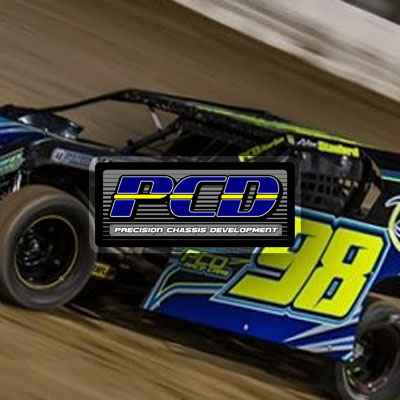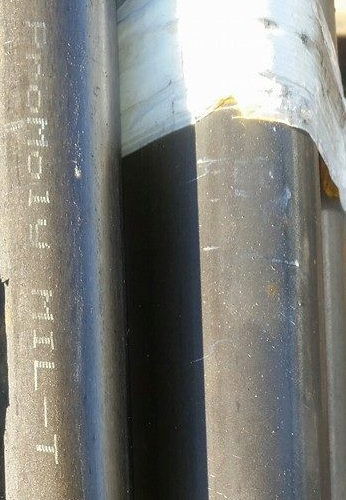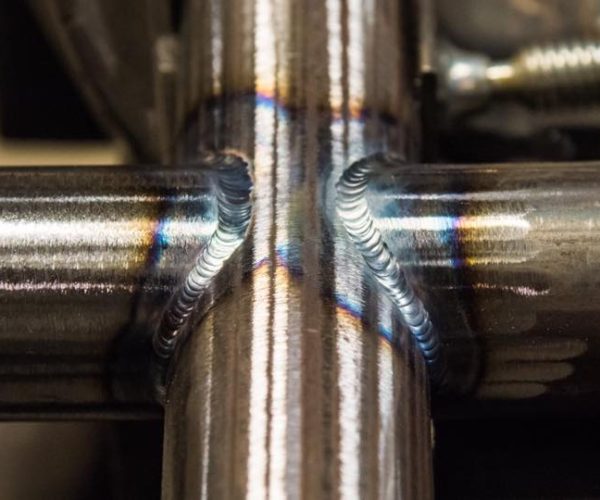Chassis Material Choices: ProMoly (4130), Docol R8, DOM, ERW
There has been a considerable buzz lately about tubing options different builders use in the production of their chassis. Everything from cars being built with illegally thin roll cages using higher strength alloys, to hype about one particular brand of one type of alloy being the be-all, end-all of chassis material because of one driver winning on race on a car built from that alloy. A couple of posts ago I went through some general information on ProMoly (4130), Docol R8, and standard DOM tubing. I did not mention ERW (Electric Resistance Welded) tubing, as it is my opinion that the only place ERW tubing has on a race car is the bumpers or nerf bars. There’s absolutely no reason for it to be used on anything structural within the chassis as DOM tubing can be purchased for pennies more per foot and is much higher strength.
First off, since this came up in the shop today, there has never been a PCD Chassis built with a roll cage that is less than 0.095″ in wall thickness. None of our customers have ever made such a request, and if they did, they’d without a doubt be denied their request.
The picture I set as the featured image for this article is from a bundle of ProMoly steel on an order I received in 2015. Since ProMoly tubing is being pushed as some big, miracle material in some circles at the moment, I thought it would be funny to show that we’ve been using it here at PCD for quite some time. As I’ve noted in other posts, we do use Docol R8 very often as well. Both are excellent products, far higher in strength that DOM of any variety for which we have received mill certifications. That said, both have their own quirks in how they form, notch, and weld.
A concern that customers should have when a builder starts using the higher strength alloys in order to drop down wall thicknesses and try to save weight is that fabrication and welding practices become much more critical than they are with the heavier, more heat tolerant DOM varieties. Docol is more tolerant to less than optimal fitting and welding practices than any of the 4130 varieties. But, neither are as forgiving as DOM varieties. So, you could easily have a company who has fairly loose fitment requirements and less than optimal welding procedures that has a reasonably low number of failures in chassis built from DOM tubing of heavier wall thicknesses. The problem is that when you apply those same practices and tolerances to thinner wall tubing in less forgiving alloys, you greatly increase the likelihood of failures, specifically in heat affected areas.
As with anything, this is just another case of buyer beware. If the builder will not willingly answer your questions and show you proof that the information they are giving you regarding their standards is accurate, you should probably consider a different chassis builder. There are many excellent chassis builders in the business right now. So, do your homework and know what you’re getting for your money. As a general rule, a chassis that is notched and fit correctly should not have any gaps that you can fit a 1/16″ diameter piece of tig wire through.
The chassis itself is one of the lowest cost items you’ll deal with throughout a race season. Therefore, we encourage you to talk to several different builders, make sure you know what you’re getting, and be willing to put down a few extra dollars for a quality product. It’s common practice now for people to spend $450 per shock, $700 on a set of birdcages, $700 plus on graphics, $2500 on a quickchange, etc… So, is a few hundred dollars difference for a higher quality chassis really where a person should skimp?
As always, if you have any questions, give us a call, or send us an email. Our contact information is available on the website or on our facebook page.
Until next time, good luck at the track!


